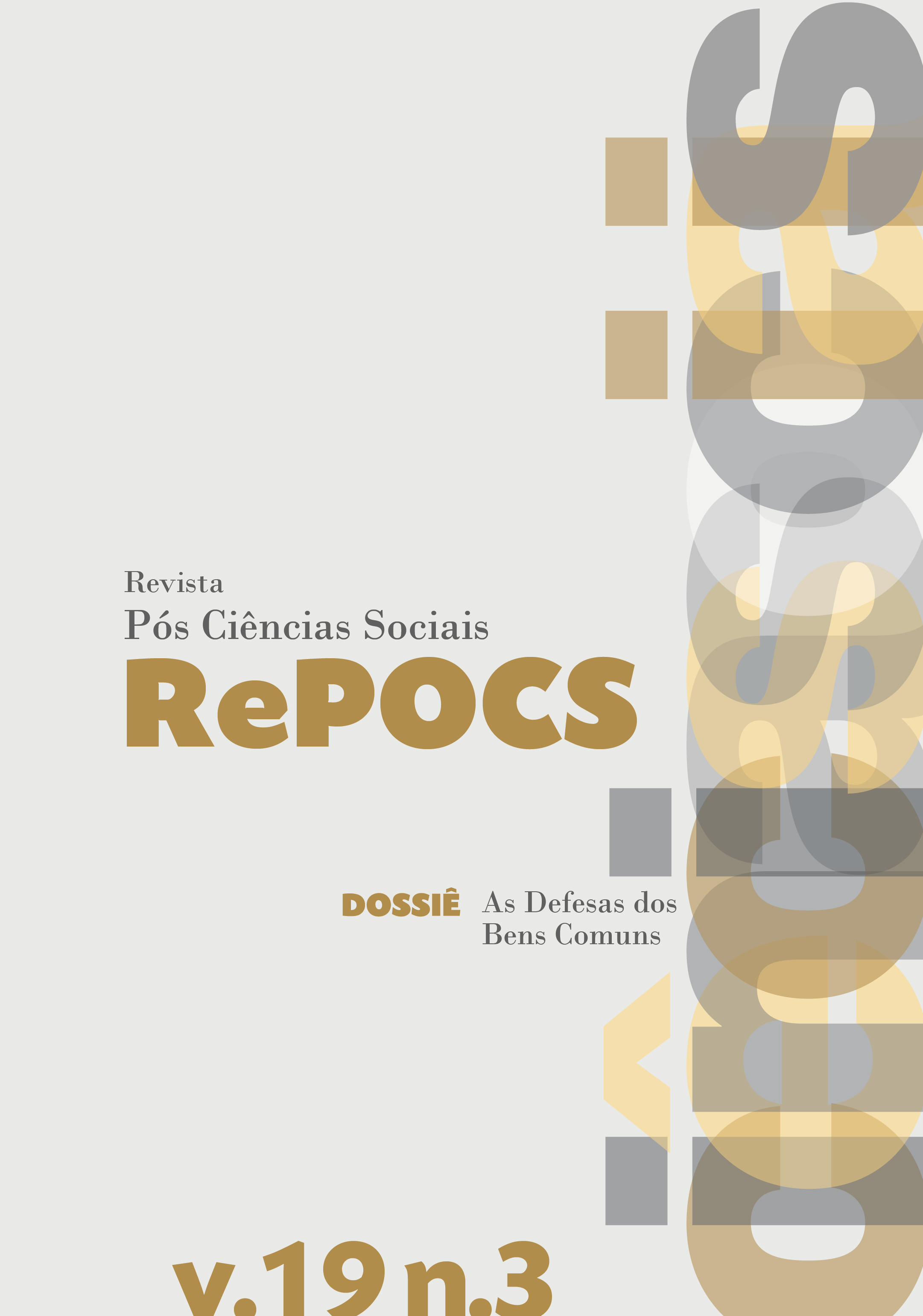MAROON COMMUNITIES OF ALCÂNTARA: EXPROPRIATION, COMMON PROPERTY AND TERRITORIAL RESISTANCE
DOI:
https://doi.org/10.18764/2236-9473v19n3.2022.24Keywords:
Maroon Communities, Alcântara Space Center, Common Pool Resource, Territorial ResistanceAbstract
The conflict over land tenure between maroon communities of Alcântara and Brazilian state agencies has been occurring for four decades. In some cases, maroon communities resist, recovering areas from where militaries had displaced human settlements. Through ethnographic work among Mamuna families, along the coast of Alcântara, we have documented their re-appropriation of agricultural fields of Camarajó, and the babaçu coconut extractive areas in Peru Velho. Both areas were previously settlements occupied by Mamuna’s neighbors, families and friends who were forcibly displaced by the Brazilian military in the 1980’s. Unlike their neighbors, the Mamuna community was expropriated but not displaced from their land. In the process of re-appropriating this communal land, they also expanded onto state land; a demonstration of resistance by local fishermen, agriculturalists, artisans, and extractivists who define themselves as maroons. This article discusses the process of land reaproppriation, while taking into consideration the communal resource management rules that exist among the Mamuna families.
Downloads
Downloads
Published
How to Cite
Issue
Section
License

This work is licensed under a Creative Commons Attribution 4.0 International License.
Direitos autorais Revista Pós Ciências Sociais
Este obra está licenciado com uma Licença Creative Commons Atribuição 4.0 Internacional.


